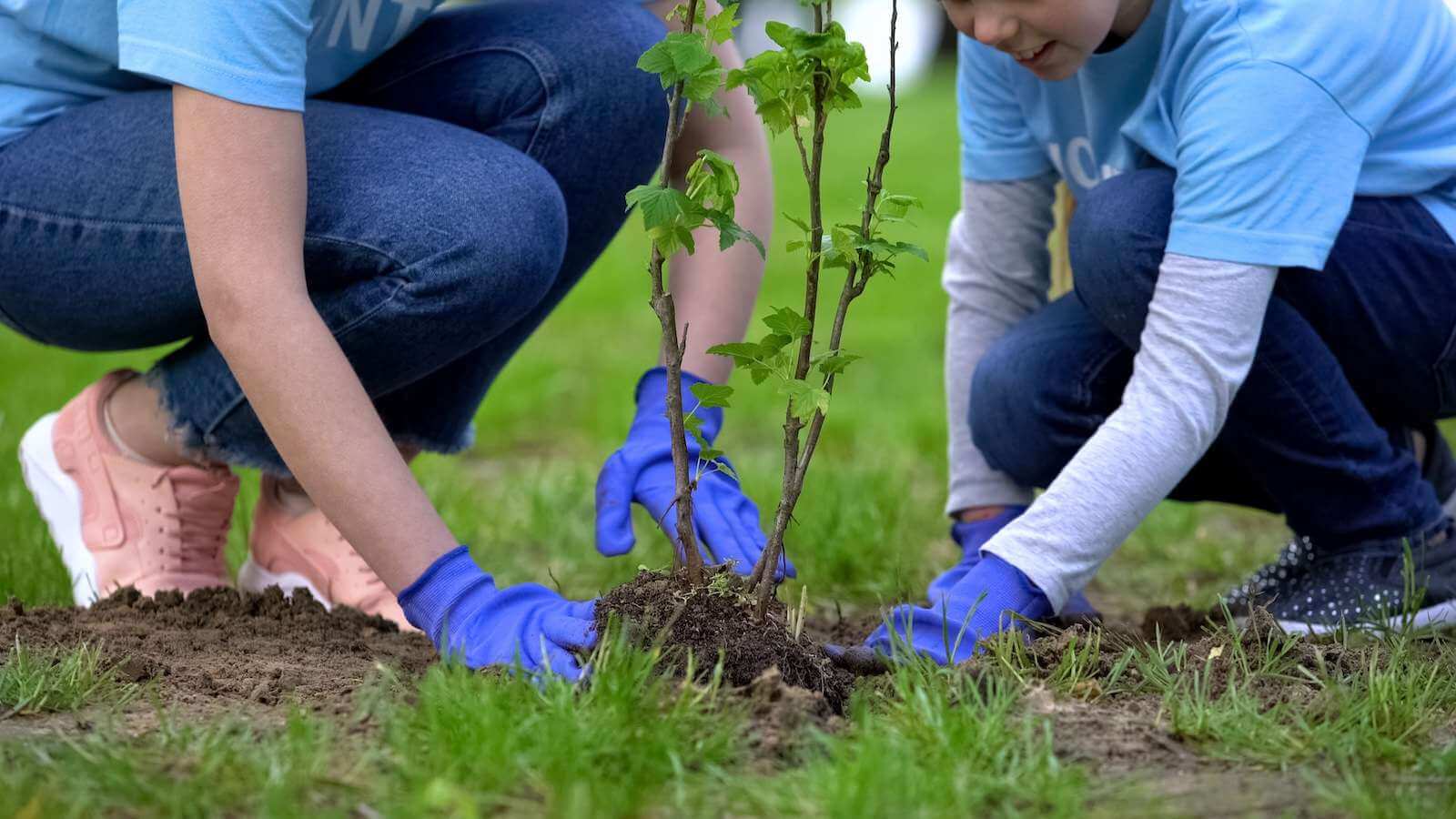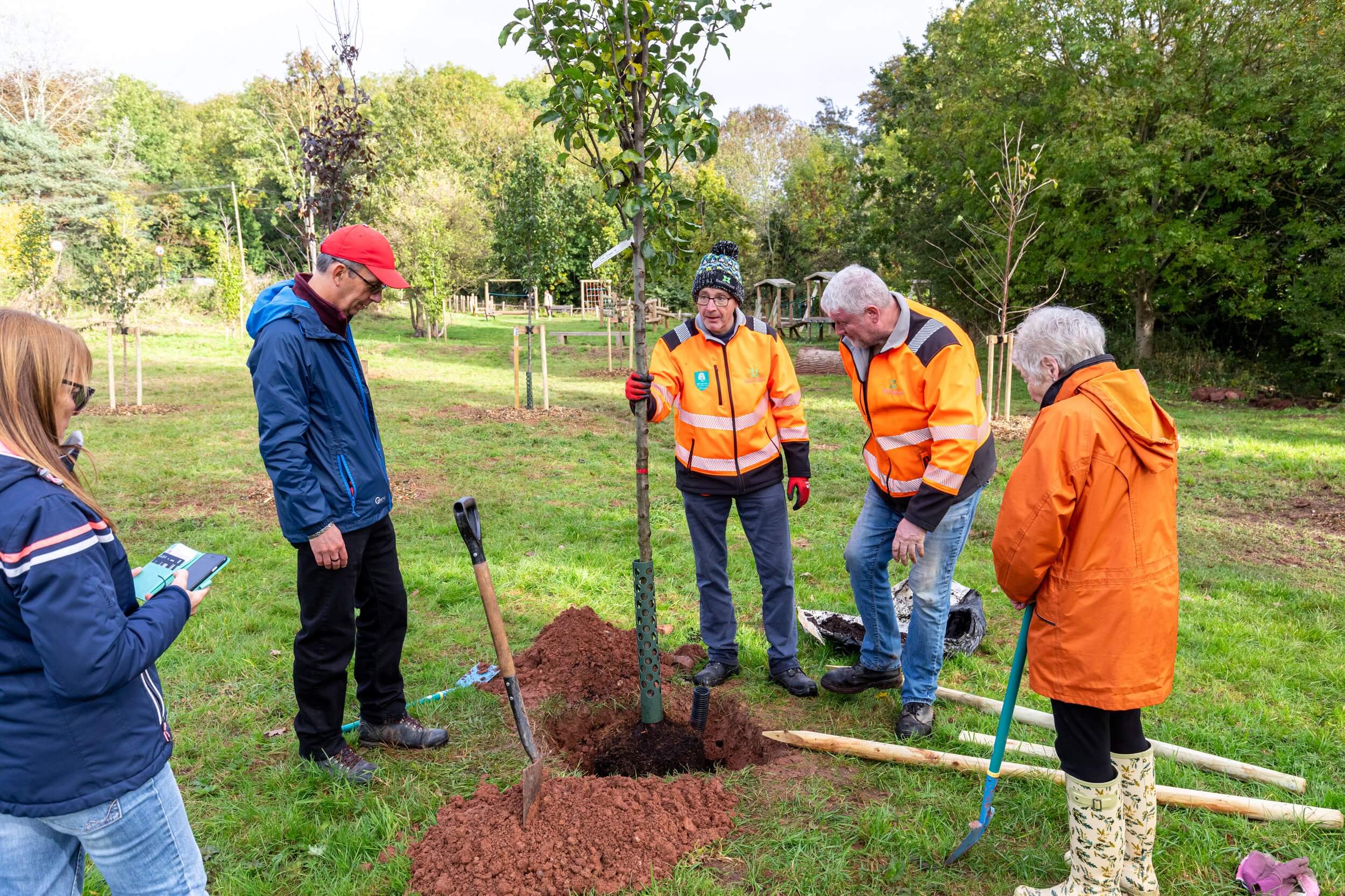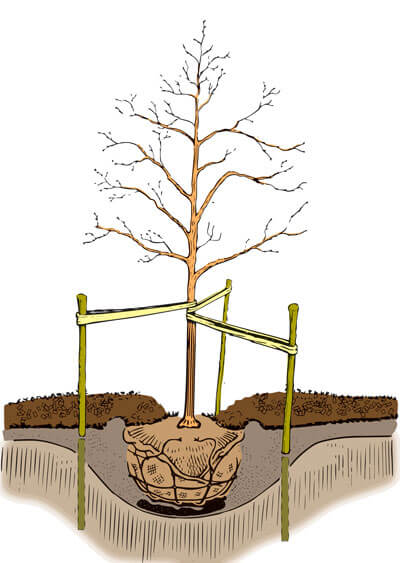Planting Tree Guide
A Step-by-Step Manual for a Greener Tomorrow
Introduction
Planting trees involves much more than simply creating a hole and setting a young tree in place. It’s an act of nurturing life and investing in the future of our planet. Trees are crucial for a balanced ecosystem, providing oxygen, improving air quality, conserving water, and offering shelter to countless species. But beyond the environment, trees bring personal benefits—beautifying spaces, offering shade, and creating a sense of tranquility.
So, how do you ensure your efforts yield a thriving tree? Let’s dive into this comprehensive guide to planting trees.
Choosing the Right Tree
Factors to Consider When Selecting a Tree
Picking the right tree is crucial. Consider the climate, soil type, and the purpose of planting—whether for shade, fruit, or ornamental purposes. Always factor in the tree’s eventual height and spread to ensure it suits the location.
Native trees are usually better adapted to local conditions, require less maintenance, and support native wildlife. Exotic trees can be appealing for their unique aesthetics but may need extra care and pose risks to local ecosystems.
Understanding Growth and Lifespan
Choose trees based on their growth rate and lifespan. Fast-growing species can offer quick results, but long-lived species provide benefits for decades. Strike a balance between the two for sustainable planting.
Understanding the Best Time to Plant
Seasonal Recommendations for Planting
The best time to plant trees depends on your region. Generally, spring and fall are ideal, as the soil is moist, and temperatures are moderate, giving trees time to establish roots.

Climate-Specific Planting Tips
In warmer climates, plant trees in cooler months to avoid stress from heat. In colder regions, planting should occur after the frost ends but before summer heat sets in.
Site Selection
Evaluating Soil Conditions
Healthy soil equals a healthy tree. Test the soil pH and nutrient levels. If the soil is too compacted or lacks nutrients, amend it with organic matter like compost.
Determining Light and Space Requirements
Certain trees flourish best under full sunlight, whereas others thrive in areas with partial shade. Research your chosen species and plan for its mature size to avoid overcrowding.
Avoiding Utility Lines and Structures
Always check for underground utility lines and avoid planting too close to buildings, fences, or driveways. A well-placed tree prevents future conflicts.
Preparing the Soil
Soil Testing and Amendments
Before planting, test the soil for deficiencies. Adding compost, sand, or fertilizers can help create the perfect environment for roots to spread and absorb nutrients.
Clearing the Planting Area
Clear the planting area of any weeds, stones, or other debris. These can compete for nutrients or hinder root development.
Tools Needed for Preparation
Gather tools such as a shovel, garden fork, gloves, and soil tester. Using the proper tools makes the preparation process much easier.
Planting Techniques
Steps for Planting Bare-Root Trees
- Soak the roots in water for a few hours before planting.
- Dig a hole twice as wide as the root system.
- Position the tree in the hole, allowing the roots to spread out naturally.
- Backfill with soil, ensuring the tree is upright.
Planting Container Trees
- Gently remove the tree from the container.
- Loosen the roots to encourage outward growth.
- Dig a hole slightly wider than the container.
- Plant at the same depth as in the container and water generously.
Watering Guidelines
Initial Watering Needs
Freshly planted trees need regular watering to help their roots take hold. Water deeply to reach the root zone.

Long-Term Watering Schedules
Reduce watering frequency as the tree matures, but ensure the soil doesn’t dry out completely, especially in dry seasons.
Importance of Mulching
Mulch helps retain soil moisture and regulate temperature. Apply a 2–4 inch layer around the base, avoiding contact with the trunk.
Signs of Nutrient Deficiency
Look for symptoms such as yellowing leaves, stunted growth, or weak branches. These may indicate the need for additional nutrients.
Protecting Young Trees
Guarding Against Pests and Diseases
Young trees are susceptible to damage from pests like aphids and diseases such as root rot. Use natural repellents or treatments and inspect regularly.
Protection from Extreme Weather
Shield young trees from frost by covering them with burlap or frost cloth. During hot summers, ensure they receive adequate water to prevent dehydration.
Fencing to Prevent Animal Damage
Place protective fencing around young trees to deter animals like deer or rabbits that may chew the bark or branches.
Pruning for Healthy Growth
When to Prune a Newly Planted Tree
Pruning should be minimal during the first year to allow the tree to establish. Remove only dead, broken, or diseased branches.
Tools for Effective Pruning
Use clean, sharp pruning shears or saws. Clean your tools thoroughly after each use to stop the spread of illnesses.
Avoiding Over-Pruning
Excessive pruning can stress a young tree. Stick to small corrections and wait until the tree is mature for structural shaping.
Maintenance in the First Year
Seasonal Care Tips
- Spring: Check for pests, add mulch, and fertilize if necessary.
- Summer: Water regularly and monitor for heat stress.
- Fall: Prune minimally and prepare for winter.
Checking for Signs of Stress
Monitor for discolored leaves, drooping branches, or stunted growth. Address any issues promptly to ensure survival.
Adjusting to Environmental Changes
Be flexible with care routines based on unexpected weather patterns. Newly planted trees often need extra attention during droughts or storms.
Common Mistakes to Avoid
Overwatering or Underwatering
Both overwatering and underwatering can harm your tree. Check soil moisture frequently to strike the right balance.
Planting Too Deep or Too Shallow
Planting too deep can suffocate roots, while planting too shallow exposes roots to the elements. Make sure the root flare is at the same level as the soil surface.
Neglecting Regular Maintenance
Skipping maintenance, like mulching or pest control, can lead to long-term issues. Consistent care is vital for healthy growth.
The Role of Trees in Urban Landscapes
Benefits of Trees in Cities
Urban trees improve air quality, reduce heat islands, and enhance property values. They also offer aesthetic and psychological benefits by creating green spaces in concrete jungles.
Choosing Trees for Urban Settings
Select species that can withstand pollution, limited space, and varying soil conditions. Popular choices include maples, oaks, and flowering dogwoods.
